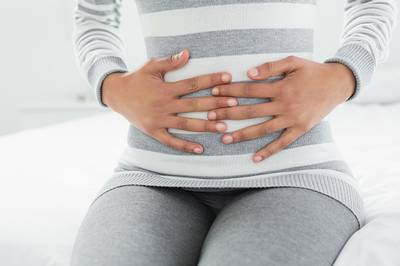
10 Aug What is DRAM? Also known as Abdominal Separation
Diastasis of the Rectus Abominis Muscle (DRAM) is the separation of the rectus abdominus muscles along the linea alba. This is a result of thining of the lining between the six-pack muscles, usually a result of pregnancy.
Why does it happen during pregnancy?
The main reason is the hormonal changes during pregnancy resulting in increased elasticity of the connective tissues, and the growing fetus placing pressure on the abdominal muscles. It’s very common and the consensus is that all pregnancies have a degree of DRAM at 35 weeks gestation. It’s unknown the exact factors that contribute to a higher risk of DRAM, but there is thought that multiple pregnancies, larger babies, and increased abdominal load from heavy lifting contribute.
The abdominal wall has important functions of support for the abdominal organs, lumbar and pelvic support to prevent injury and support for respiration and trunk movement. An increase in the distance between the abdominal muscles will result in these functions being put in jeopardy. A separation of greater than 3cm is thought to be that requiring attention.
Most recovery occurs between week 1-8 postpartum. This is when the abdominal muscles are most connective and with support, will “knit” slowly back together. At 6months postpartum approx 40% of women will still have significant levels of DRAM and many will have for years. Further pregnancies will continue to increase DRAM if not corrected between pregnancies, resulting in further complications.
What can you do to help?
During pregnancy, our aim is to reduce the extra load on the abdominals and make sure you are exercising in a safe way. General exercise is very important to maintain muscle tone and fitness and facilitates a smoother post natal recovery. We recommend clinical pilates with a physio and watermums, as well as walking. Minimizing load during normal daily activities, such as moving from side-lying up into sitting rather than performing a sit-up, is best. Support garments such as tubirgrip provide external support for the abdominal muscles and can be worn throughout the pregnancy to reduce the load.
In the post natal period, it was commonly thought that we should focus on deep abdominal activation, particularly transversus abdominus drawing in, and to avoid sit-ups as it would cause further separation. Now, the evidence is that early intervention of controlled mini crunches is the best way to improve abdominal separation. It’s important to ensure you are doing these crunches correctly, without bulging the abdominal muscles (commonly referred to as the Toblerone effect). Seeing a pelvic health physiotherapist is the best way to ensure you are properly assessed and given appropriate advice for your stage and level of strength. The provision of compression garments is also extremely important and part of our management of DRAM.
For advice please email lelliott@hoppersphysio.com.au or call 97495110
For an appointment please book here https://bookings.nookal.com/bookings/location/ZWNRF
